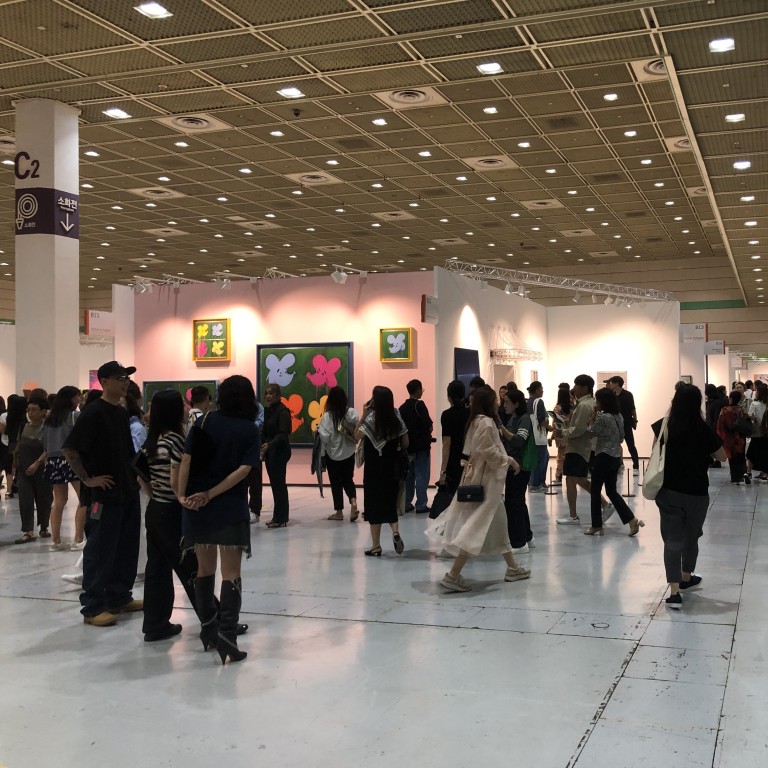
Update | New Frieze Seoul art fair second only to Art Basel Hong Kong for top dealers already, showing South Korean city’s growth as a centre of contemporary art
- Gallerists at fair in South Korean capital relish the chance to meet a generation of young Korean collectors spurred by influencers such as RM of boy band BTS
- Visitors in Seoul for Frieze and the long-standing KIAF fair were just as impressed by how rapidly the city’s contemporary art scene has grown in recent years
Last week, the thousands of art collectors and art professionals who flew to South Korea for the second edition of the Frieze Seoul art fair got a sense of how much the art scene in the country’s capital has grown since the Covid-19 pandemic.
In total, 121 galleries from over 30 countries were represented at the emerging international art fair.
It drew far more overseas collectors than did its inaugural 2022 edition, held during the pandemic. Hotels and restaurants were expecting 10,000 overseas visitors to the fair as well as KIAF, a 21-year-old fair held in the same convention centre with 210 galleries from 20 countries participating.
Big contingents travelled from mainland China and Hong Kong, which still had travel restrictions this time last year, and there was a strong Southeast Asian presence.
Representatives from 84 domestic and international museums attended, including ones from the Metropolitan Museum of Art and the Museum of Modern Art in New York.
“That number signals that the fair has matured in a very short amount of time,” said Nick Simunovic, Asia head of the multinational Gagosian Gallery.
There is so much going on in Seoul and everybody wants to see for themselves
Frieze Seoul had clearly emerged as one of the two most important art fairs in the region, along with 10-year-old Art Basel Hong Kong, he added.
Even a side event, Our Week, a delightfully grungy, small-scale art fair, hidden away in a dilapidated building with no air conditioning, drew international galleries including Kiang Malingue and PHD Group from Hong Kong, and its opening party was well attended.
“There is a big contingent of collectors from mainland China who have come this week. There is so much going on in Seoul and everybody wants to see for themselves,” said Zhou Tiehai, founder of the West Bund Art & Design fair in Shanghai, at Our Week.
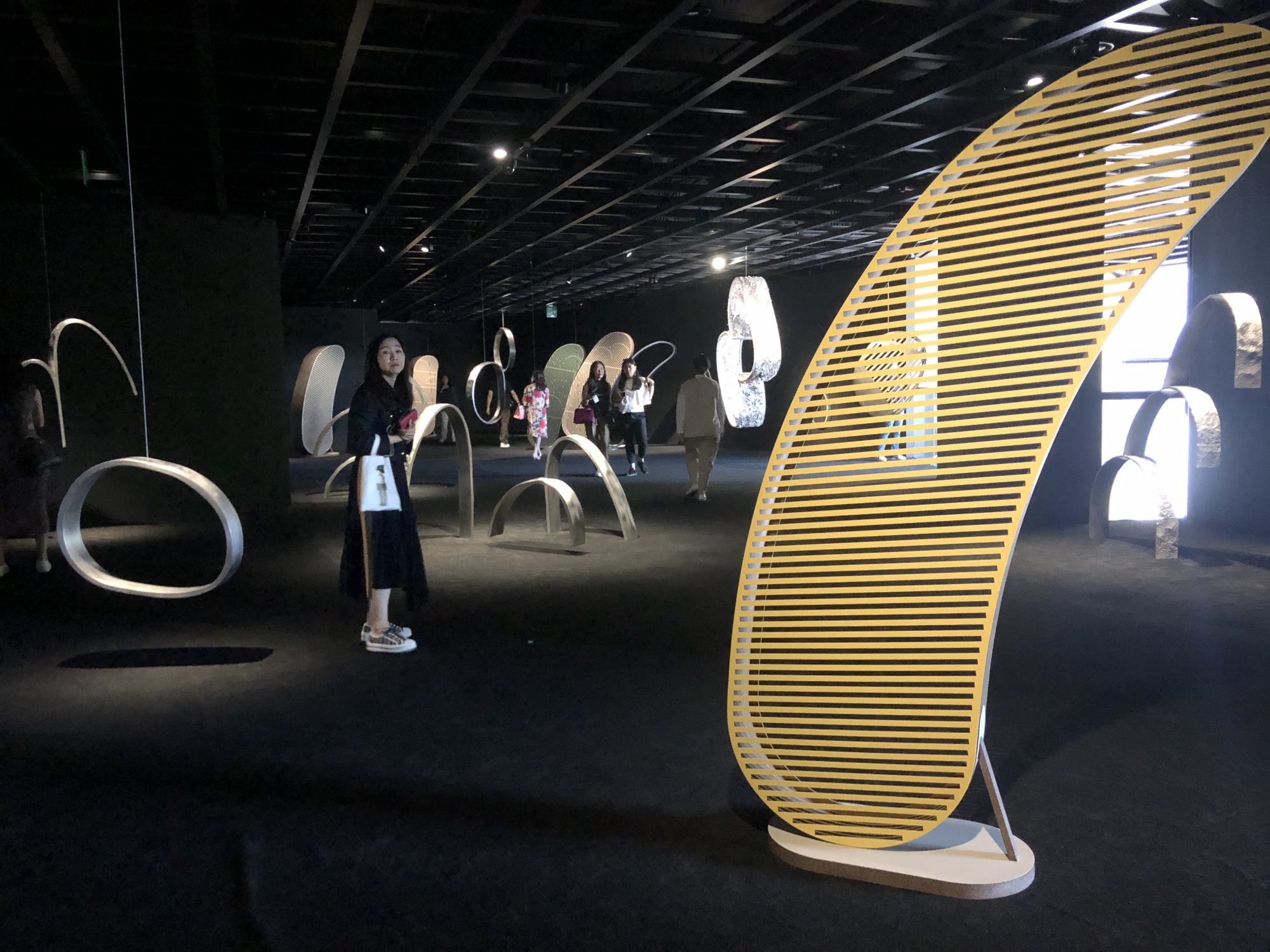
Jane Yoon, Sotheby’s South Korea managing director, said she had initially been reluctant to return to her home country in 2016 after working for years in New York and Hong Kong, thinking the Korean market was too small.
“But I got chills seeing all the high-profile gallerists that I would see in the Swiss Art Basel fair lining up outside the Leeum museum (owned by the Samsung Group) during Art Week [in 2022],” she said.
The auction house is opening a new office in Seoul later this month.
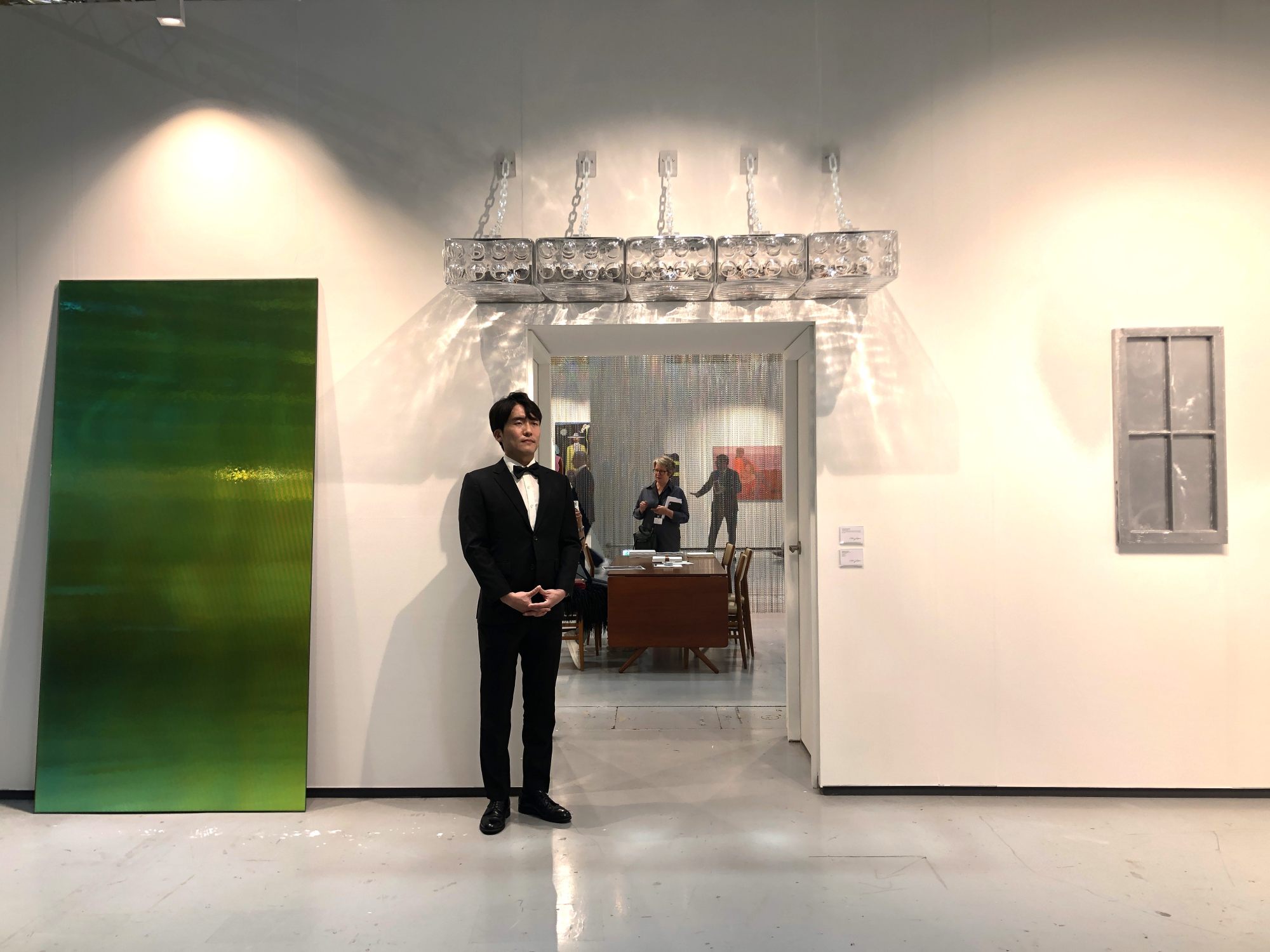
Art galleries are generally thought to have shown more adventurous works at Frieze Seoul than they did last year. For example, Esther Schipper gallery brought the performance piece Role Announcer (2016) by Pierre Huyghe, and Empty Gallery brought Vunkwan Tam’s Hungers Prevention (2023), a pet crate with a pet clipper buzzing inside.
A number of galleries complained that things were quiet, and Boris Vervoordt of Axel Vervoordt Gallery also pointed out that, while his gallery sold a number of pieces, many Korean buyers appeared too busy hosting foreign visitors to be buying art.
Still, several US$1 million-plus sales had been announced at the time of writing – Hauser & Wirth sold a US$1.3 million painting by Nicolas Party, Thaddaeus Ropac sold a new Georg Baselitz painting for US$1.3 million, and David Zwirner confirmed that works by Yayoi Kusama with price tags north of US$1 million had found buyers.
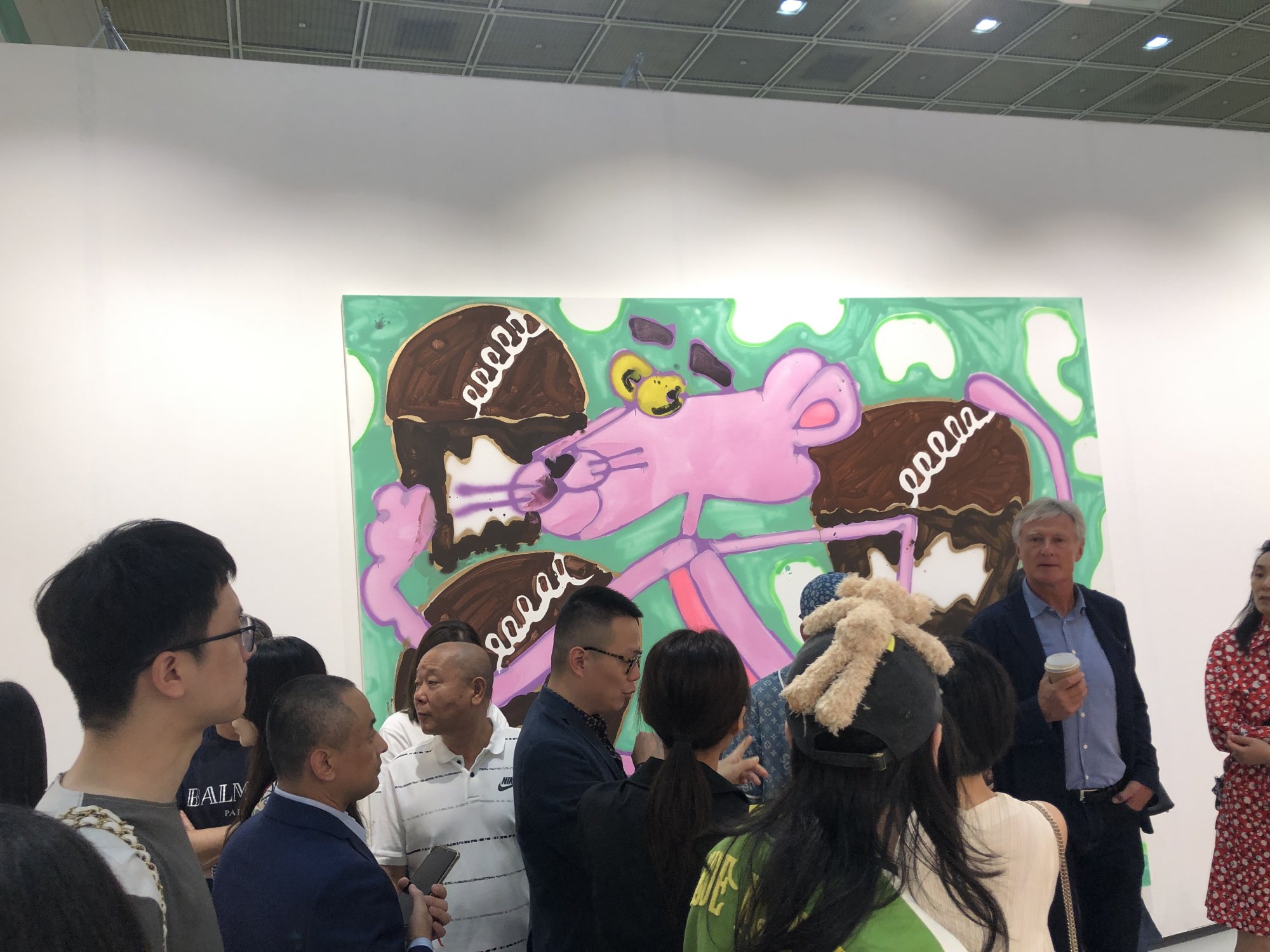
General economic malaise would have to be taken into account when comparing Frieze Seoul and Art Basel Hong Kong, with the state of the Chinese economy having deteriorated since the spring.
One gallerist at Frieze Seoul said on condition of anonymity that the Korean fair seemed more free because he felt he could no longer bring art to Hong Kong that might be construed as being critical of China.
Still, dealers the Post spoke to were unanimous that Hong Kong would remain Asia’s most lucrative market for them despite its national security regime.
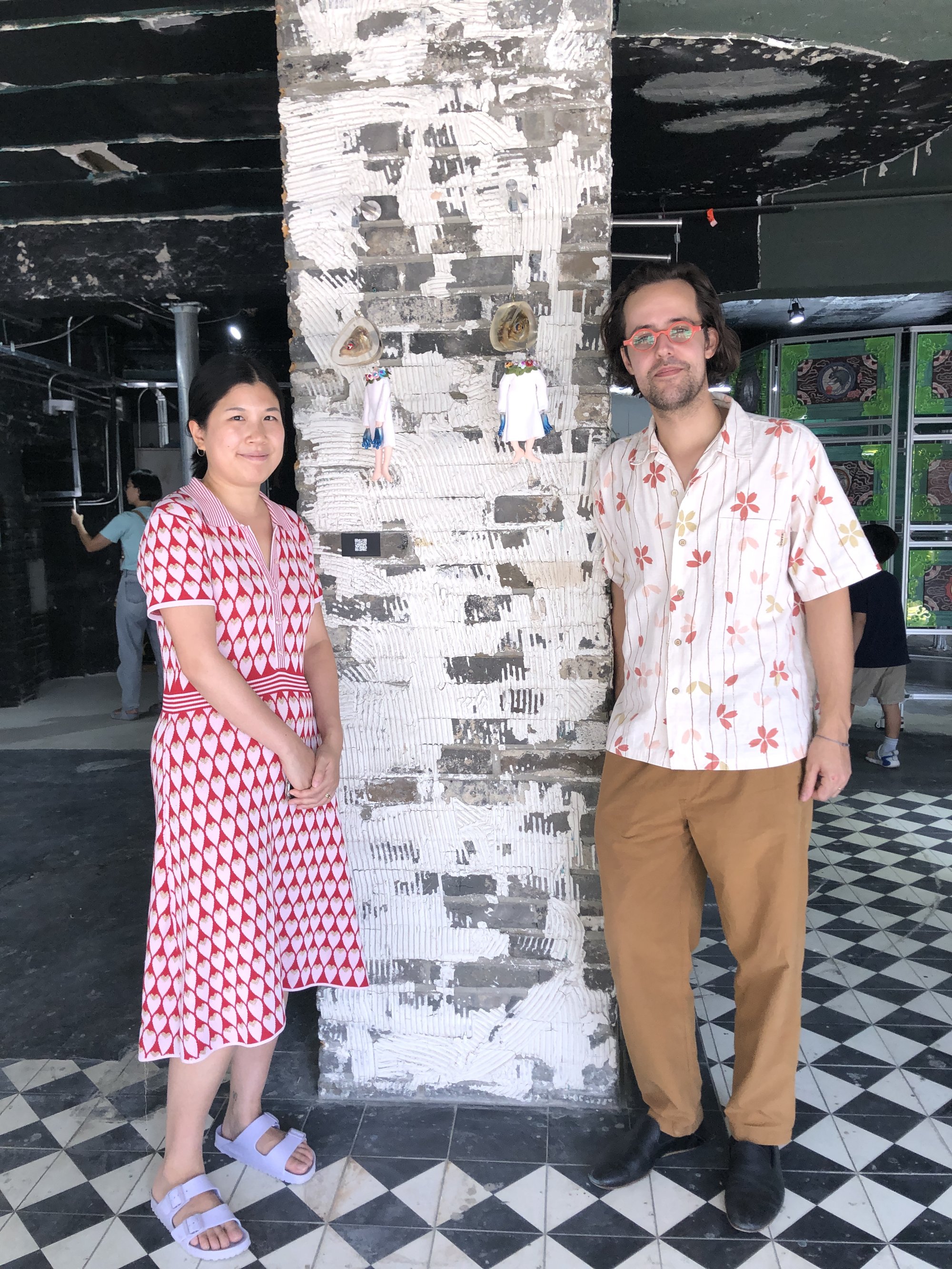
Frieze Seoul’s other advantages for galleries include its lower costs and the opportunity to meet new international collectors, said Audrey Yeo, owner of Singapore’s Yeo Workshop, who had buyers for two editions of a three-edition video by Singaporean artist Priyageetha Dia.
The Korean art market is also underpinned by the big collections of the chaebol – giant family-owned corporations such as Samsung – and their private museums.
In addition, the domestic market has been spurred by the advent of a new generation of young collectors inspired by KOLs such as RM, the leader of K-pop boy band BTS, who is an avid art collector, said 36-year-old Woojin Hyun, a very successful mathematics tutor at a Seoul online cram school who says he has built up a substantial collection, including works by Kusama, within a short period of time.
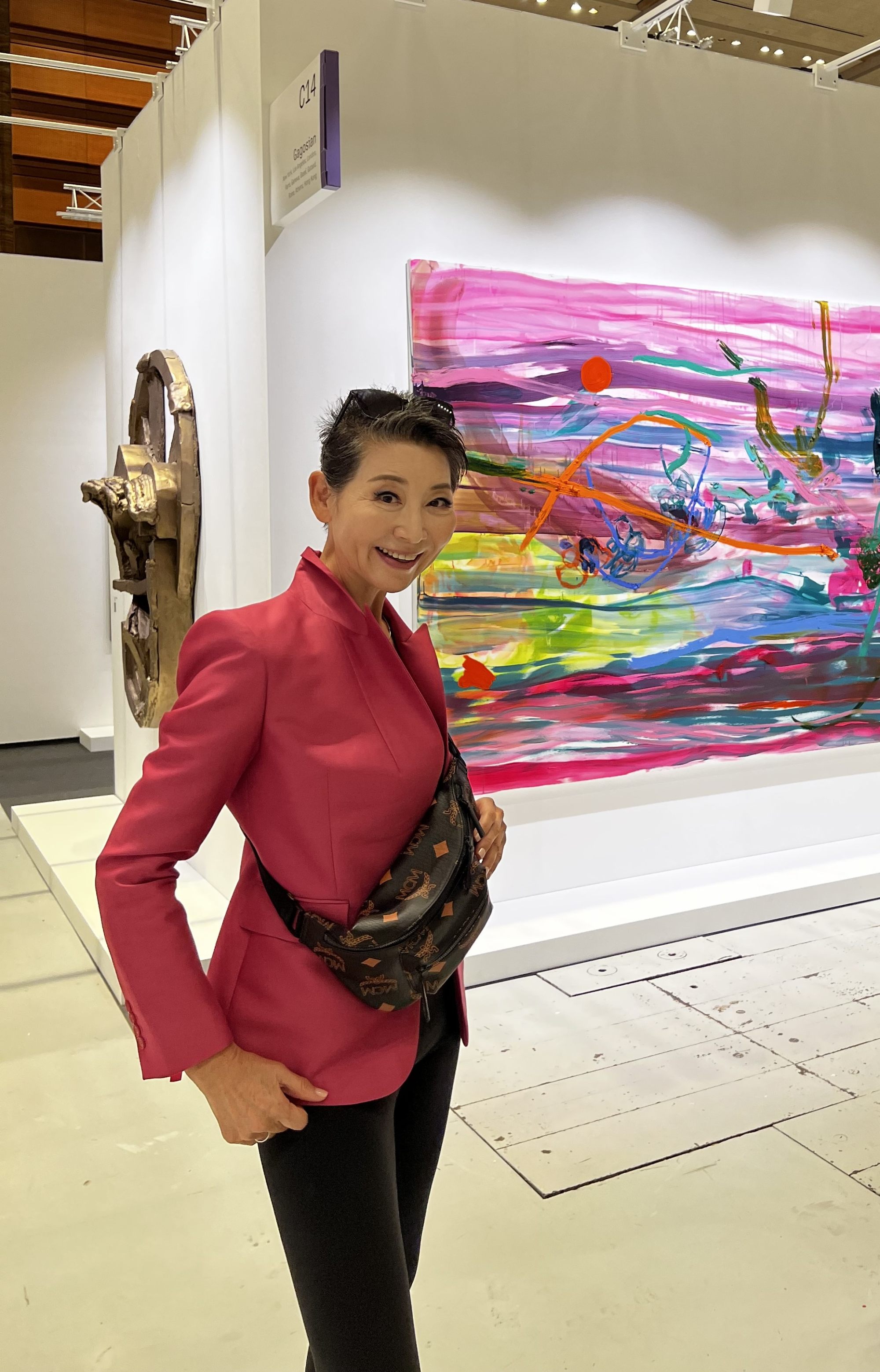
Elaine Kwok, the Asia managing partner of Hauser & Wirth, said: “The Asian art market is very exciting and there’s certainly room for lots of great art centres.”
Many international galleries have planted their flags in the South Korean capital recently, with White Cube being the latest to join their ranks. The mega dealer’s 300 square metre gallery in the wealthy Gangnam district opened during Frieze Seoul.
It is the London gallery’s second branch in Asia after Hong Kong, a city which witnessed a similarly rapid growth spurt in its art market about a decade ago.
Hong Kong child of empire on his museum-like home full of Chinese textiles
But Art Week in Seoul was about much more than commerce.
Visitors to Seoul last week pointed to the great array of art venues and the quality of exhibitions, especially of work by Korean artists, that made it a cultural powerhouse with appeal beyond its world-famous K-pop, K-drama and K-beauty industries.
Then there is the Heredium, a century-old building that reopened in 2022 as an arts centre and is hosting a major Anselm Kiefer exhibition.
Despite some inconvenience, such as traffic jams and the incompatibility of map apps, there was a real buzz in the city, generated by everything from a small, quiet local designer’s renovated traditional home – used for a pop-up art exhibition – to nightly parties and late openings in gallery districts.
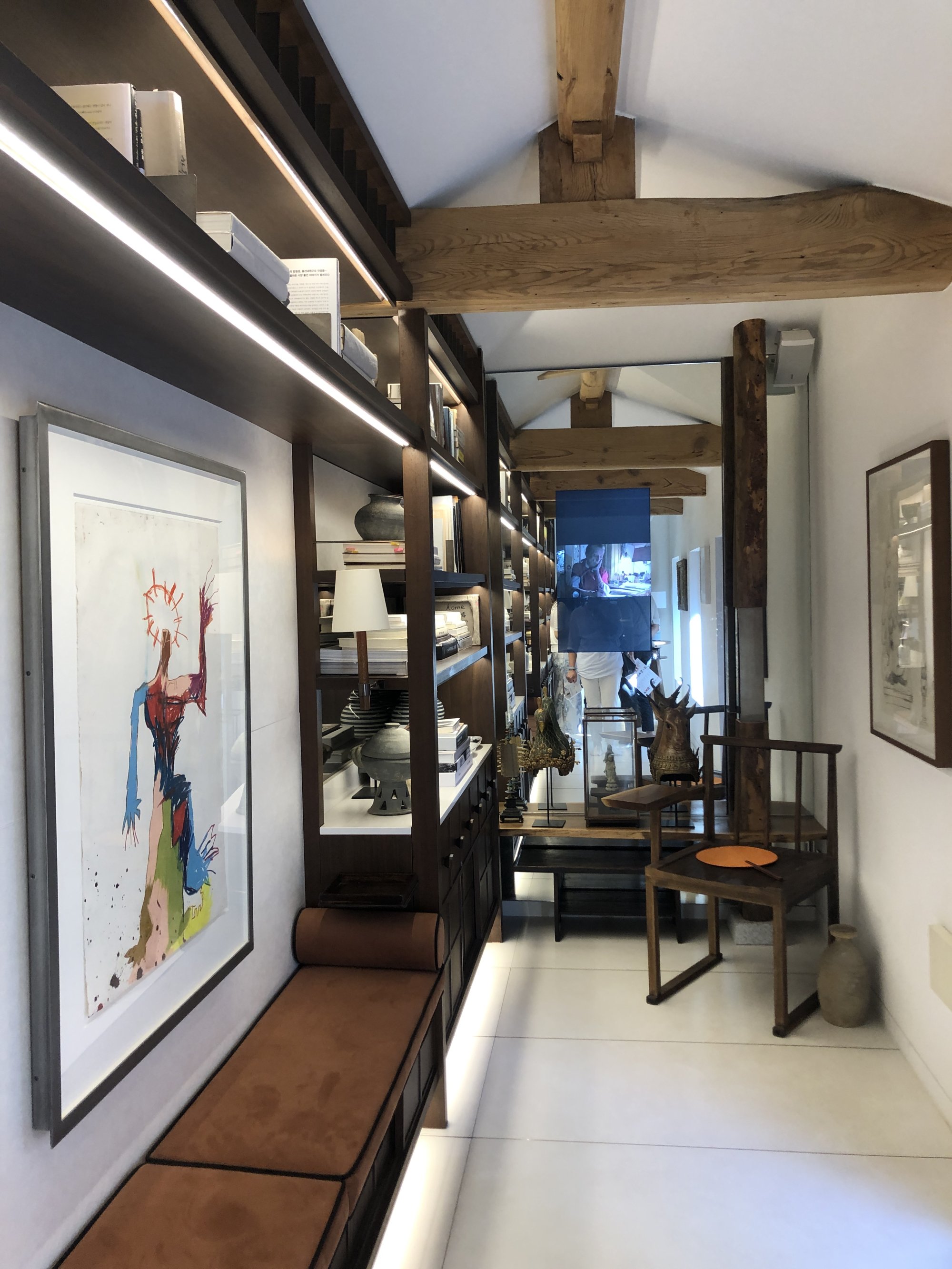
Some of the buzz around Art Week came from its being held at the same time as Korea Blockchain Week and immediately before this week’s Seoul Fashion Week.
There were some overlaps among attendees – Alan Lau, vice-chairman of M+ museum, spoke at the tech event wearing the hat of chief business officer of Hong Kong-based Animoca Brands on the same day he attended the M+ cocktail party in Seoul.
At Frieze Seoul’s VIP opening party, where guests went wild over a private performance by Korean rapper Beenzino, Hongkongers were heard to bemoan the fact that their city needed to do more to get visitors excited.
Additional reporting by Erika Na
Art to see in Seoul now the fairs are over
As art fair fever sweeps through Seoul, the city is ablaze with events at galleries, art spaces and museums. Here are some of the continuing exhibitions that you can visit:
Suki Seokyeong Kang: Willow Drum Oriole
Leeum Museum of Art
The largest solo exhibition by the Korean artist includes stunning installations which resemble three-dimensional abstract landscapes, all meticulously constructed using different materials.
They reveal how the Kang combines her training in traditional Korean painting with her sculptural practice, and include an example from her “Grandmother Towers” series.
Until December 31
Anish Kapoor
Kukje Gallery
Haegue Yang: Latent Dwelling
Kukje Gallery Hanok
Kukje Gallery has devoted all three of its buildings to an Anish Kapoor solo exhibition, including his monolithic, elemental sculptures in red and black as well as new paintings he showed for the first time at the Gallerie dell’Accademia in Venice in 2022.
Not as dramatic in scale, Haegue Yang’s new show at the gallery’s hanok location is also worth seeing because it is a chance to see the well-known Korean-born artist’s works, including her kinetic ball bearing sculptures, in the unusual setting of a traditional Korean house.
Anish Kapoor until October 22
Haegue Yang until October 8
Botched Art: The Meanderings of Sung Neung Kyung
Gallery Hyundai
Sung Neung Kyung’s departure from the dominant influences of abstractionism and minjung (political) art in the 1970s meant that his works were often overlooked by the mainstream Korean art scene.
However, the tide has been turning in his favour over the past decade, and the artist’s early experimentation in performance and conceptual art is now celebrated for its pioneering vision.
Until October 8
Artworks by Donald Judd
Thaddeus Ropac
Curated by Flavin Judd, the artistic director of Judd Foundation, the exhibition spans more than three decades of the American artist’s work, from the beginning of the 1960s to the beginning of the 1990s.
Donald Judd played an important role in shaping the artistic landscape of the second half of the 20th century, establishing a new three-dimensional visual language and laying the groundwork for a renewed understanding of the art object.
Distancing himself from narrative and symbolism, he endeavoured to render visible the formal properties of the works themselves through the three aspects he considered the pillars of visual art: material, space and colour.
Until November 4
Panorama
Songeun Art Space
This group exhibition is a great way of getting to know some of South Korea’s most exciting young artists. The Herzog & de Meuron-designed building, which opened in 2022, has ample room to show off the practices of 16 contemporary Korean artists working in different materials and formats.
Until October 28
Lisa Cam and Enid Tsui

